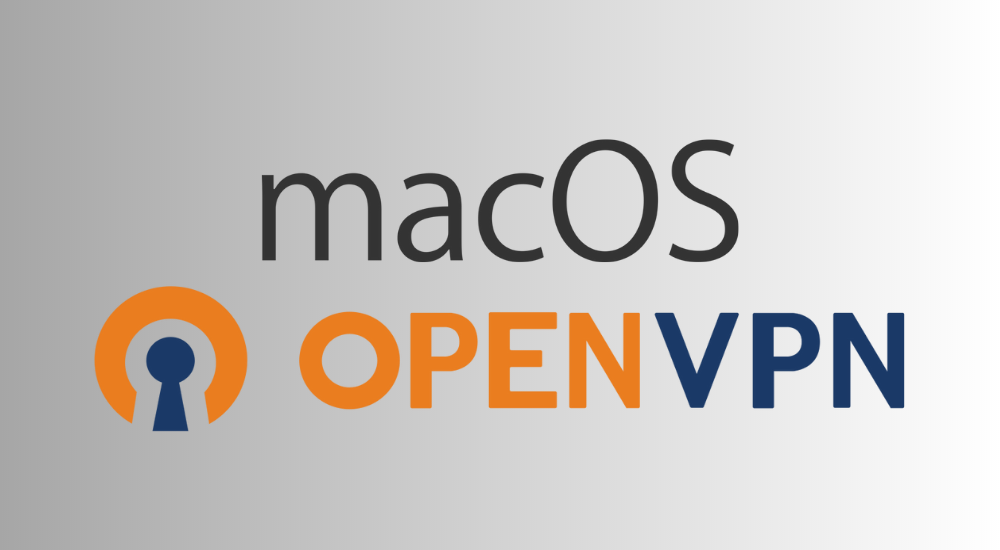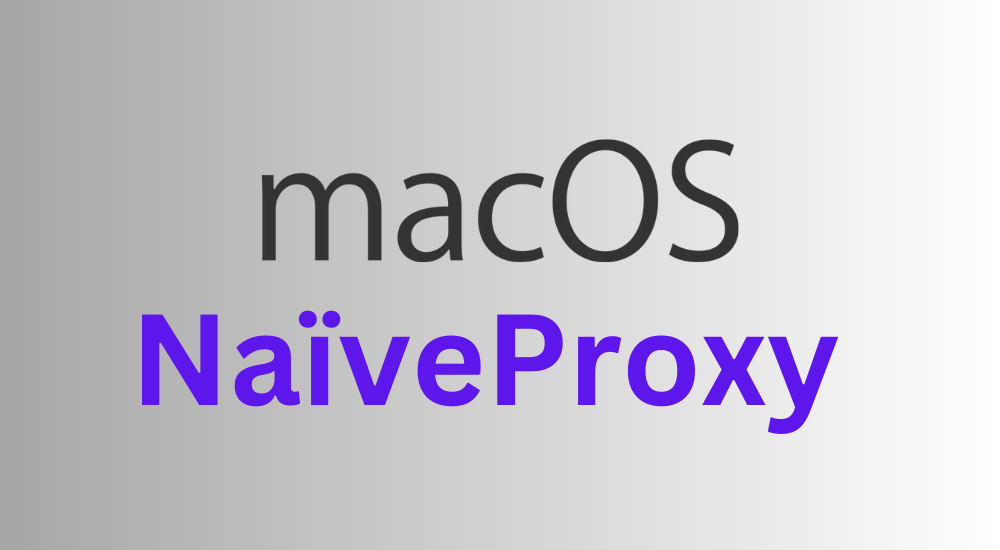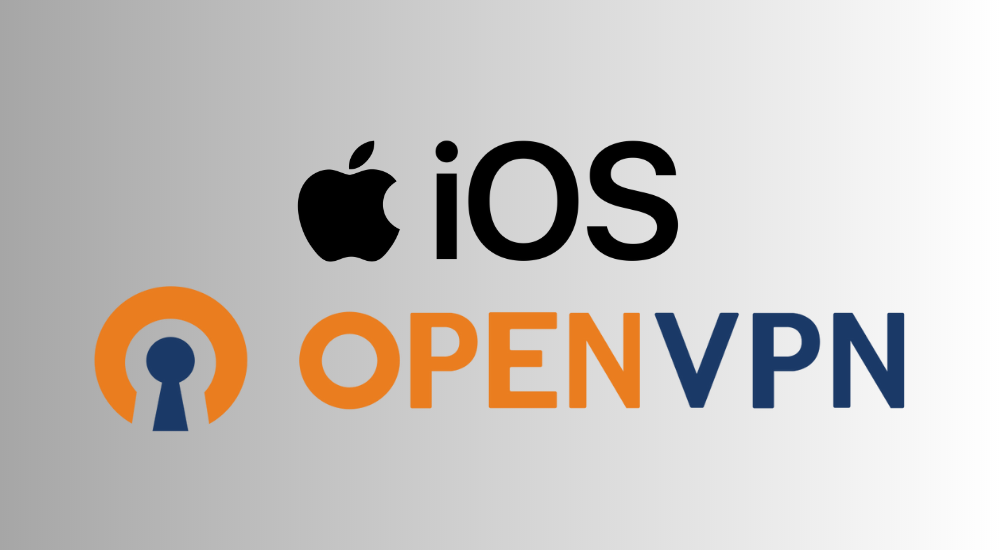

Introducing the new proxy mode of Vector Link Desktop
We're proud to announce a major update to our desktop app for Windows and MacOS. As part of our constant efforts to make our VPN service more versatile and meet the diverse needs of our users, we've now added a new proxy mode alongside our existing VPN mode.

As you can see in the screenshot above, you can easily switch between the two modes with a few clicks in the settings menu. Let's take a look at what this means for you in terms of the technical differences between proxy and VPN.
VPN vs. Proxy: A Technical Comparison
On the surface, VPNs and proxies may seem to serve the same purposes - changing your IP address, encrypting data, bypassing restrictions - but their underlying technologies are quite different. A critical distinction lies in their operational layers within the OSI model: VPNs operate at either the data link layer (Layer 2) or the network layer (Layer 3), while proxies operate at the transport layer (Layer 4). This distinction is fundamental to understanding their capabilities and applications. In addition, our VPN uses OpenVPN, a protocol that operates over UDP and is known for its security and stability. On the other hand, our proxy uses NaiveProxy, a TCP protocol that has broader network compatibility as some networks restrict UDP traffic, and better censorship resilience.
Key Features of VPN:
- Encapsulation: VPNs encapsulate all types of network traffic starting at the IP layer. Whether you're browsing, streaming, gaming, or conferencing, all protocols pass through the VPN tunnel.
- Comprehensive Protection: With a VPN, you're getting system-wide protection, ensuring everything using the internet are secure and private.
Key Features of Proxy:
- Selectivity: Proxies work primarily with browsers and some other TCP-based programs. Applications often have individual proxy settings that allow you to choose whether or not to use the proxy. This gives you the flexibility to decide which traffic goes through the proxy and which doesn't.
- Performance: Because of their lightweight protocol design, proxies often offer better performance than VPNs. They can deliver higher speeds because they do not carry the same amount of overhead as VPNs.
With Vector Link's latest update, you now have more tools at your disposal. Whether you want the full security of a VPN or the speed and flexibility of a proxy, the choice is yours.
Enjoy the new and improved Vector Link. Stay connected, stay protected, stay in control.














